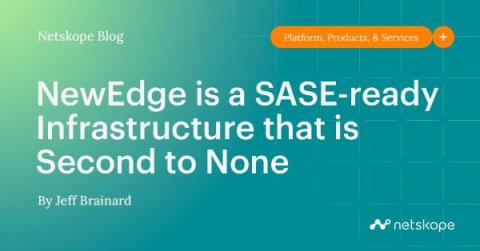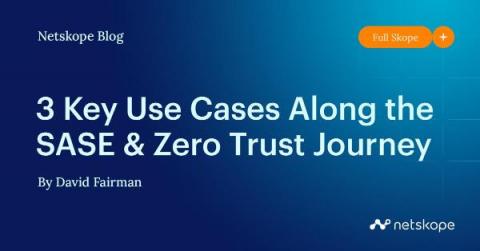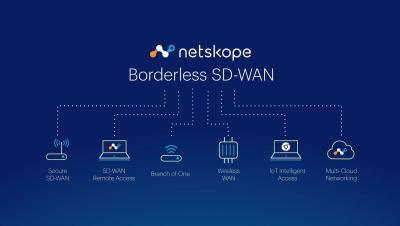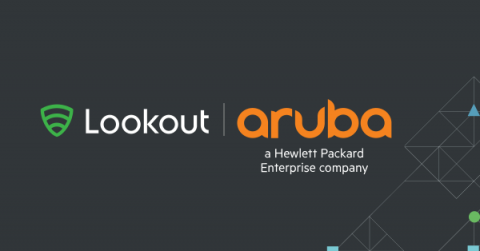NewEdge is a SASE-ready Infrastructure that is Second to None
Cloud security, let alone SASE, doesn’t work without the underlying infrastructure that provides a consistent “baseload” to deliver the security capabilities integral to protecting users, sites, apps, and most importantly the data.











